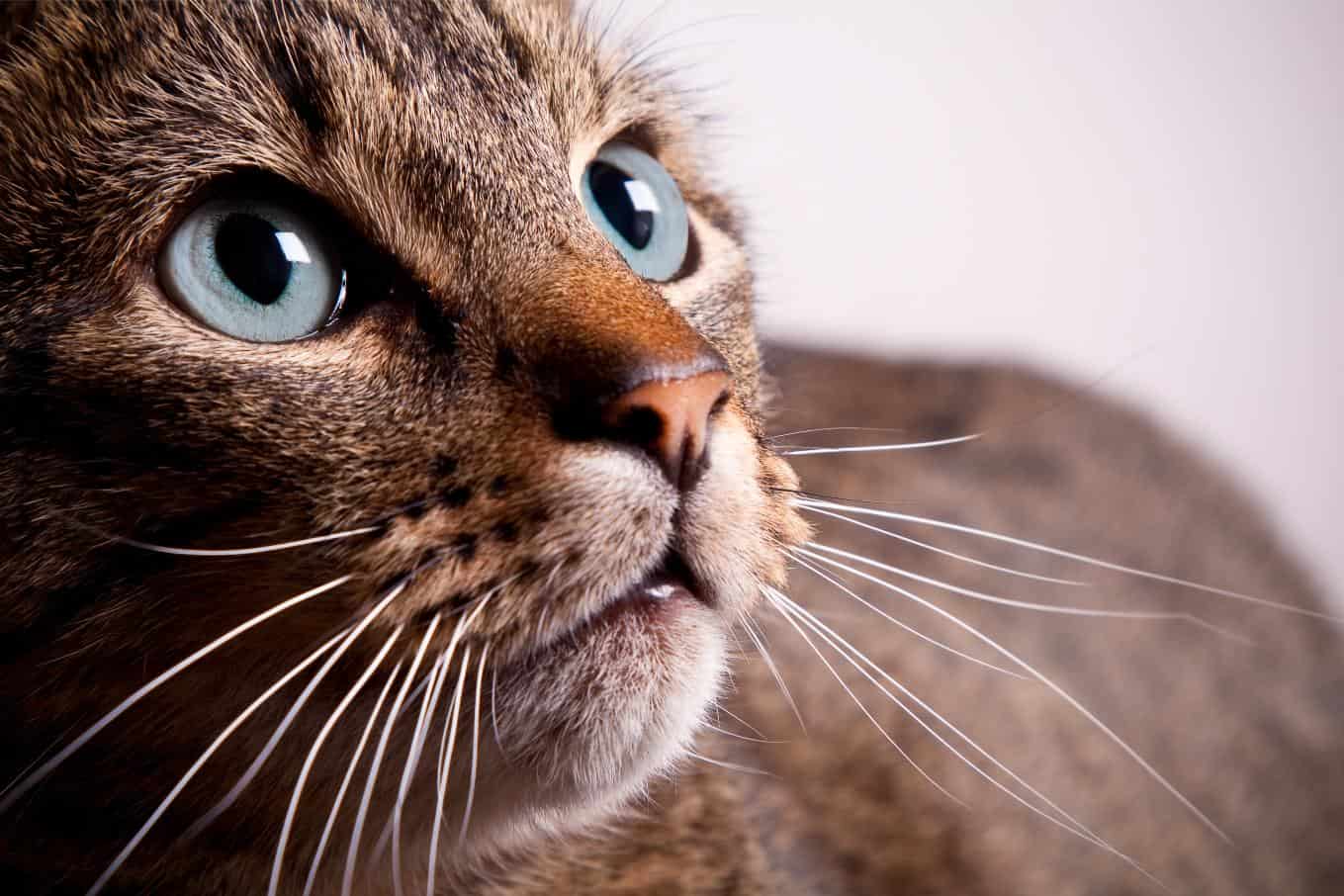Can Cats See in the Dark?

Have you ever wondered how your feline friend navigates the house with such ease at night? While cats don’t quite have superhero night vision, their eyesight is far superior to ours in low-light conditions.
At Beverly Hills Veterinary Associates, we’re dedicated to helping you understand your cat’s health and well-being, including their remarkable vision.
Do Cats Have Night Vision?
While cats can’t see in complete darkness, they excel in dim environments. This exceptional ability is due to several key features of their eyes:
- More Rods, More Light: Cats have a higher concentration of rods in their retinas than humans. Rods are light-sensitive receptors that allow us to see in low-light conditions. With more rods, cats can capture more available light, creating a clearer picture in the dark.
- Wider Pupils for More Light Intake: Just like opening the curtains lets more light into a room, a cat’s pupils can dilate much wider than ours. This wider opening allows more light to enter the eye, further enhancing their vision in dim settings.
- A Tapetum Lucidum for Extra Light Gathering: This is a special reflective layer behind the retina in a cat’s eye. It acts like a mirror, bouncing light back through the light-sensitive cells, essentially giving them a second chance to capture photons and improve their night vision.
Beyond Seeing in the Dark: Other Interesting Facts About Cat Vision
Our cats see remarkably well in the dark, and here are some other interesting aspects of their vision:
- Motion Detection Masters: Cats are incredibly adept at detecting movement, even the slightest twitch. This is particularly helpful for hunting prey, where even the slightest movement can give away their target’s location.
- Depth Perception: A cat’s depth perception isn’t quite as sharp as ours, but it’s sufficient for navigating their environment and judging distances for jumps and landings.
- Limited Color Vision: Unlike humans, with our trichromatic vision, cats are primarily dichromatic. This means they see a more limited range of colors, mostly shades of blue and green. However, their exceptional night vision makes up for this difference.
While cats might not see the world in the vibrant hues we do, their vision is ideally suited for their predatory lifestyle. The colors they can perceive well, such as blues and greens, are common in their natural environment (grass, foliage, and sky, for instance). Additionally, some studies suggest cats can see ultraviolet light, which helps them distinguish objects and markings not readily apparent to us.
Signs of Vision Problems in Cats
Like us, cats can experience vision problems as they age or due to underlying health conditions. Here are some signs to watch out for:
- Squinting or rubbing their eyes excessively
- Cloudy or discolored eyes
- Hesitation when navigating familiar environments
- Bumping into objects or furniture
- Pupil dilation that doesn’t respond to light changes
Keeping Your Cat’s Vision Healthy
Regular wellness and preventive care is essential for maintaining your cat’s overall health, including their vision. During an exam, your veterinarian will assess your cat’s eyes for any signs of abnormalities or potential problems. Early detection and treatment can help prevent vision loss and ensure your furry friend can continue to explore the world, even in dim light.
Schedule an appointment online or call our office today to learn more about feline vision and how we can help keep your cat’s eyes healthy.
